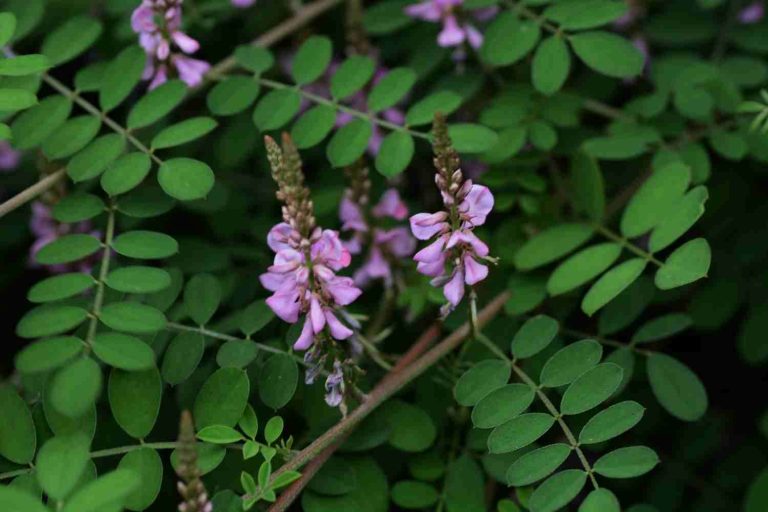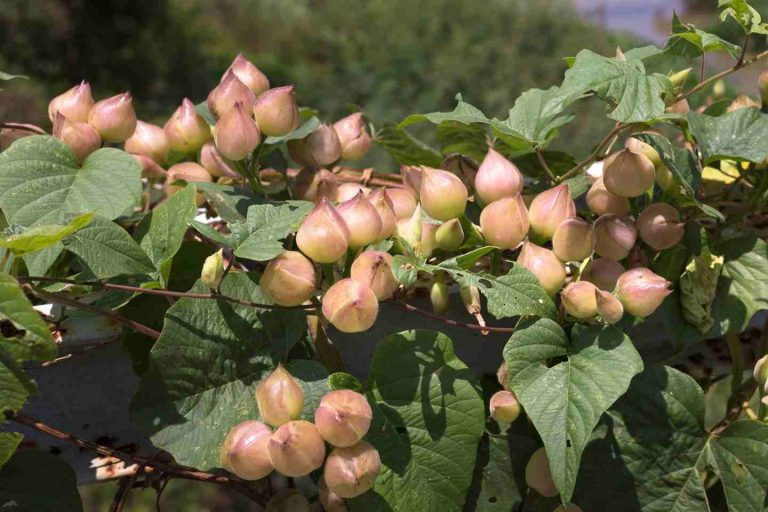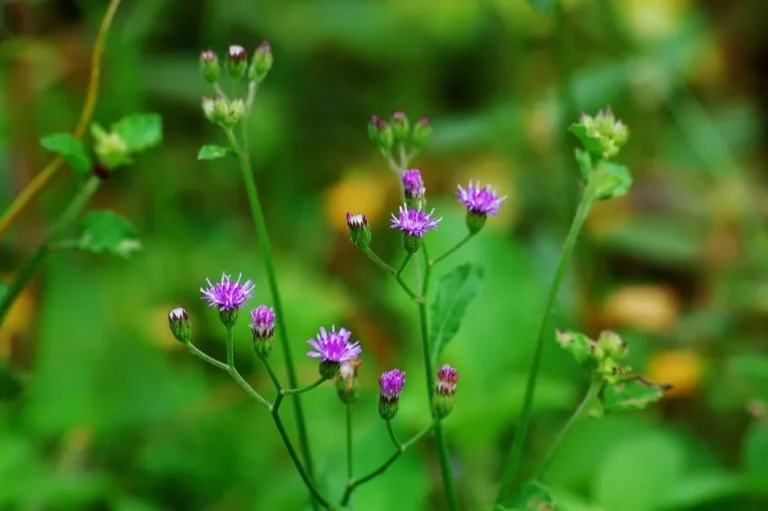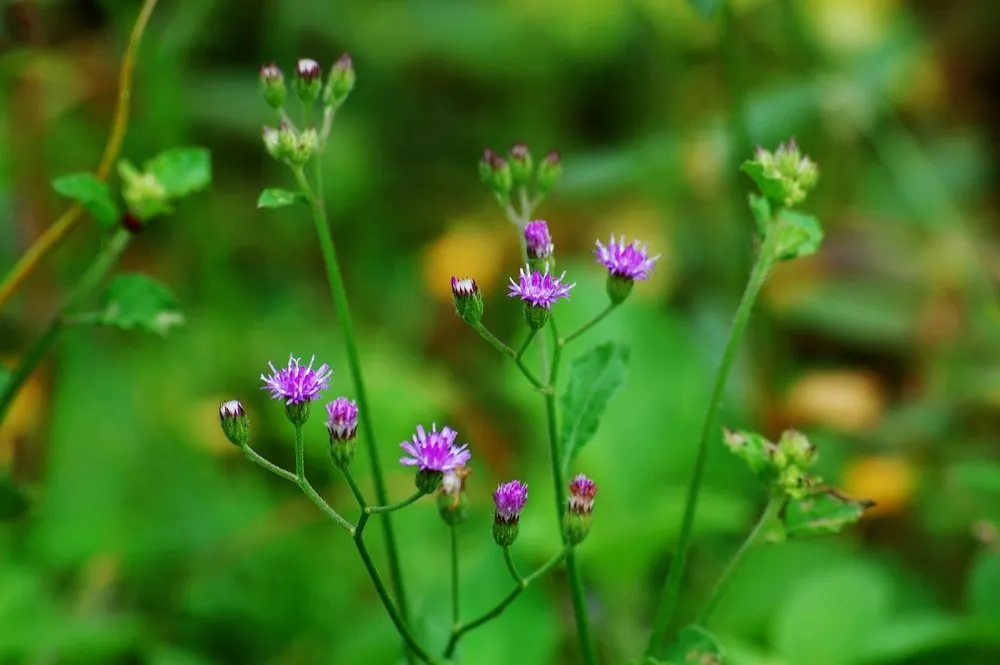
Table of Contents
Indigofera Tinctoria Uses in Ayurveda
Indigofera tinctoria is a perennial or biennial shrub with green leaves and pinkish violet flowers. The plant is commonly called Indigo in English and Neelam in Tamil. The fruits are one-half inch in diameter and have thin skin. The leaves of this plant turn blue when dried in the shade. Indigo is often used for its blue dye.
Indigo plant, also known as True Indigo, has been used for millennia as a natural dye. It was cultivated in the region around India, but in Europe, it was only in the sixteenth century that indigo was introduced into Europe. Today, most indigo dye is synthetic. But the Ayurveda medicinal uses of indigofera tinctoria
What Ayurveda says about Neelini
Wide range of Indigofera Tinctoria Uses are mentioned in Ayurveda. This leguminous plant is one of the original sources of indigo. It is used for liver, spleen and rheumatoid arthritis, as well as for hair growth. It is also used in the preparation of cosmetic products.
What Ayurveda says about Neelini indigofera tinctoria ? The plant’s anti-parasitic properties make it useful for digestion and poor gastrointestinal health. It is also used for gout and constipation. Neelini leaf juice extract is used for skin and hair problems, including split hairs and premature greying.
According to your disease condition and considering various other factors, your physician will recommend you a dosage or It can be taken as a dose of 10 ml twice daily. Ayurvedic doctors recommend this herb for a variety of other conditions, including skin ailments, irritated gums, and urinary tract infections.
Morphology of indigofera tinctoria
A branching shrub found in India, Indigofera tinctoria is a valuable medicinal plant used in Ayurveda. It contains an abundance of bioactive compounds, including galactomannan and mannose. Phytochemicals such as anthroquinone and terpinoids also occur in this plant.
A perennial or biennial plant, Indigofera tinctoria grows up to 120 cm in height. Its stem and leaves are bright blue when dried in the shade. The leaves are edible and are used for making blue dye. Their berries are one-half inch long and contain a dark blue dye that has been used for centuries in Ayurveda.
The Indian system of medicine has long been aware of the medicinal uses of Indigofera tinctoria, a perennial shrub in the family Fabaceae. Here we will discuss the possible bioactive constituents in this plant, as well as its medicinal benefits. The plant is known for its dark green leaves, pinkish violet flowers, and thin-skinned fruits. The plant is commonly known as “indigo” in English and “indila” in Tamil. The leaves of Indigofera tinctoria have a blue dyeing effect when dried in the shade.
Indigofera Tinctoria Uses
The leaves of Indigofera tinctoria uses include dyeing hair. The powder is produced by grinding dried leaves of the plant and combining it with organic henna. In addition to its medicinal properties, the plant is cultivated in several parts of India. It contains rotenoids and galactomannan, which are known to be useful in promoting hair growth.
The plant is commonly used in Ayurveda for many ailments, including fever, liver disease, spleen disorders, gout and kidney disease. It strengthens the hair, also promotes hair growth and prevents greying of hair. Its a laxative providing Sukha Shodhana thereby relieves constipation, Acharya’s also considers it as an anti toxic.
Other Indications include Delusion, Dizziness, Ascites, Abdominal distension, Abdominal tumors, worm infestation, it is also effective insect bites and skin disorders with itching.
Leaves, roots and stem have expectorant and Neelini is found to be effective in Cough, Cold, Bronchitis and Rhinitis.
It is used in cosmetics, including hair dye and masks. Ayurveda believes that it can help people who have lost their hair. The plant can also improve skin tone and prevent wrinkles.










